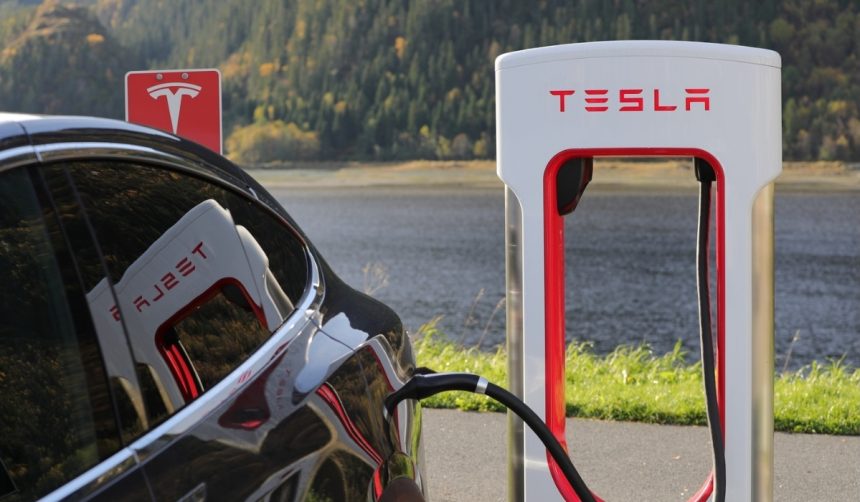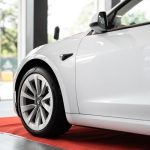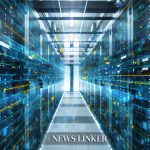Competition in autonomous ride-hailing is heating up as Tesla broadens the operating area of its Robotaxi service in Austin, Texas. The rapid growth of Tesla’s geofence aims to surpass Waymo’s footprint in the city, extending Tesla’s potential reach in the market. As both tech companies vie for leadership in self-driving ride-hailing, their rival advancements are reshaping which residents can use the services—and illustrating their commitment to testing at urban scale. Recent expansions seek to make autonomous transport a more present reality for local commuters and travelers, while accelerating regulatory and technological evaluation for broader deployment.
Earlier reports had indicated that Tesla’s autonomous ride-hailing services in Austin covered a service area comparable to Waymo’s, with each one roughly operating within a 90-square-mile boundary. Previous expansions had focused primarily on specific neighborhoods and limited freeway use, where Tesla required a Safety Monitor in the vehicle for legal and security compliance. Until recently, both companies maintained relatively stable geofences; however, Tesla’s operational zone has now been widened dramatically, positioning it well ahead of Waymo for sheer area covered, though Waymo still maintains a presence in more regions nationally.
How Has Tesla Increased Its Robotaxi Coverage?
Tesla has enlarged its Austin Robotaxi geofence to 243 square miles, a move nearly tripling the coverage offered by Waymo’s existing service in the same city. This adjustment enables Tesla vehicles to operate over extended portions of the city and its surrounding areas, including major freeways. According to Tesla, the Safety Monitor will remain present in the driver’s seat during freeway operations to uphold safety protocols. The company stated,
“Extending our boundaries in Austin is about increasing accessibility while ensuring operational safety,”
underscoring their dual priority of growth and passenger security.
What Differences Remain Between Tesla and Waymo’s Services?
Despite Tesla’s larger Austin service area, Waymo distinguishes itself through wider availability in multiple cities—currently operating in Phoenix, San Francisco, Los Angeles, Austin, and Atlanta. In contrast, Tesla’s main markets remain more concentrated, with Robotaxi active in Austin and a ride-hailing service in the Bay Area. Waymo’s larger geographic spread provides greater brand familiarity across states, while Tesla’s focus on rapid expansion within target cities allows quick scaling and concentrated testing. Tesla further noted,
“We are accelerating efforts to bring autonomous ride-hailing to half of the U.S. population by year-end,”
highlighting its future ambitions.
Is the Expansion Strategy Impacting Service Adoption?
Widening the geofence directly increases the number of users who can access Tesla’s Robotaxi service and supports the collection of more varied driving data. The company’s recent expansion to the San Jose Mineta International Airport also signals an intent to make autonomous vehicles part of routine travel itineraries. These moves might encourage potential users to consider Robotaxi for both local commutes and transportation to regional transit hubs, bridging a vital gap in urban mobility solutions.
Tesla’s aggressive approach in growing its Robotaxi footprint marks a noticeable shift in the self-driving service landscape. This advancement puts pressure on competitors like Waymo to either expand their service areas or offer distinct features to maintain user interest. Geofencing decisions will continue to affect regulatory approval timelines, user adoption rates, and data collection efforts, shaping the future scope of driverless ride-hailing. Consumers, meanwhile, benefit from increased options and enhanced service convenience as each firm pushes the technical boundaries of autonomous operation while maintaining an emphasis on safety oversight. Understanding the dynamic between scale, regulatory compliance, and user safety will be essential for anyone considering the adoption or deployment of next-generation ride-hailing technologies.










